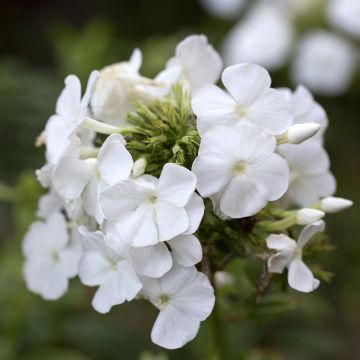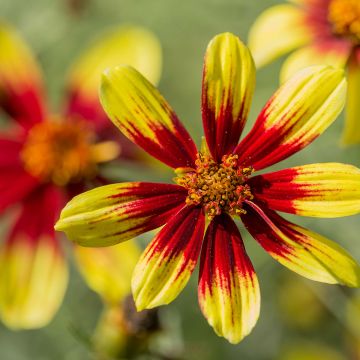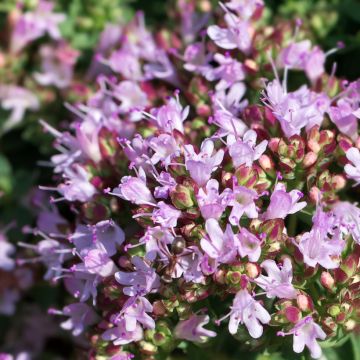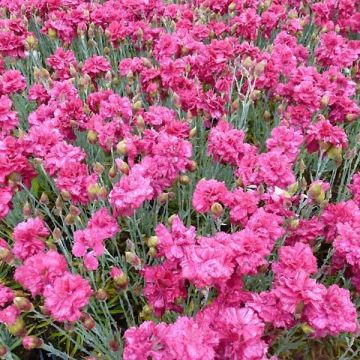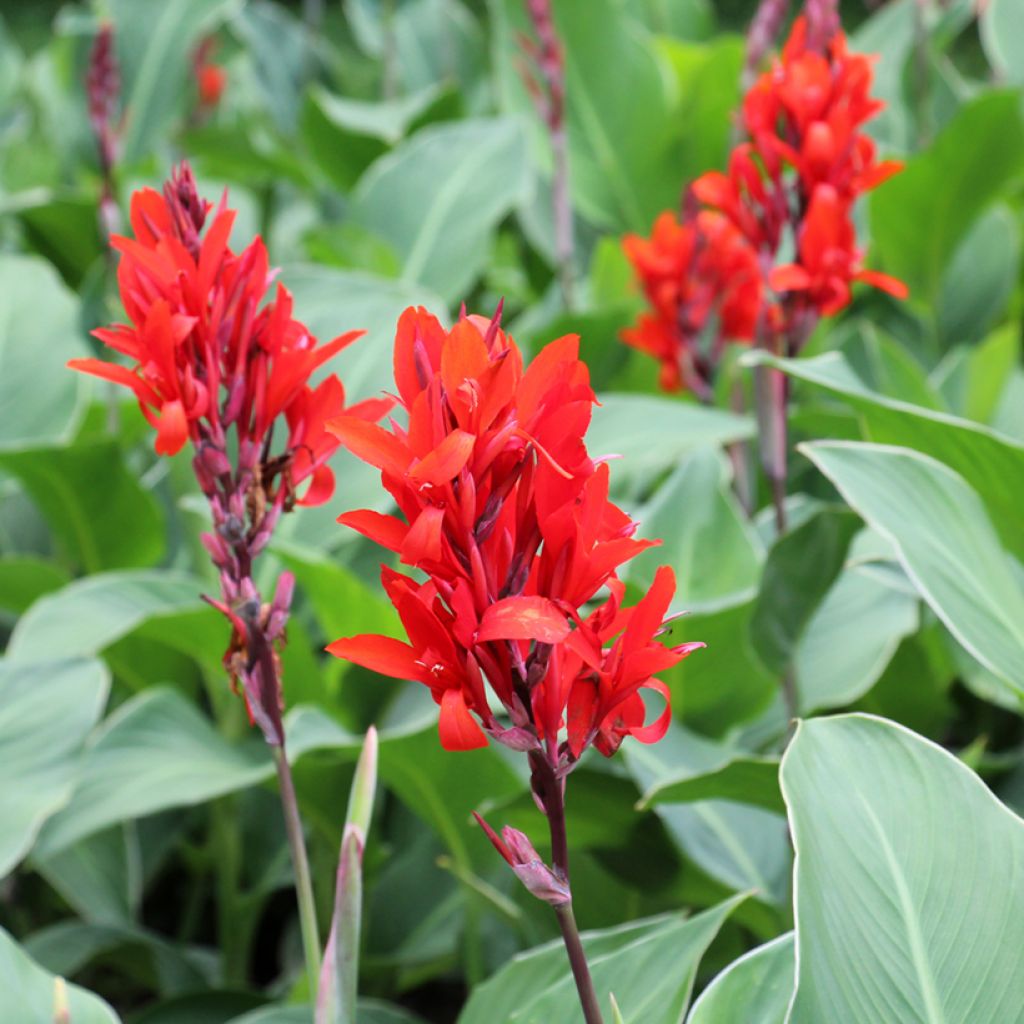

Canna edulis


Canna edulis


Canna edulis
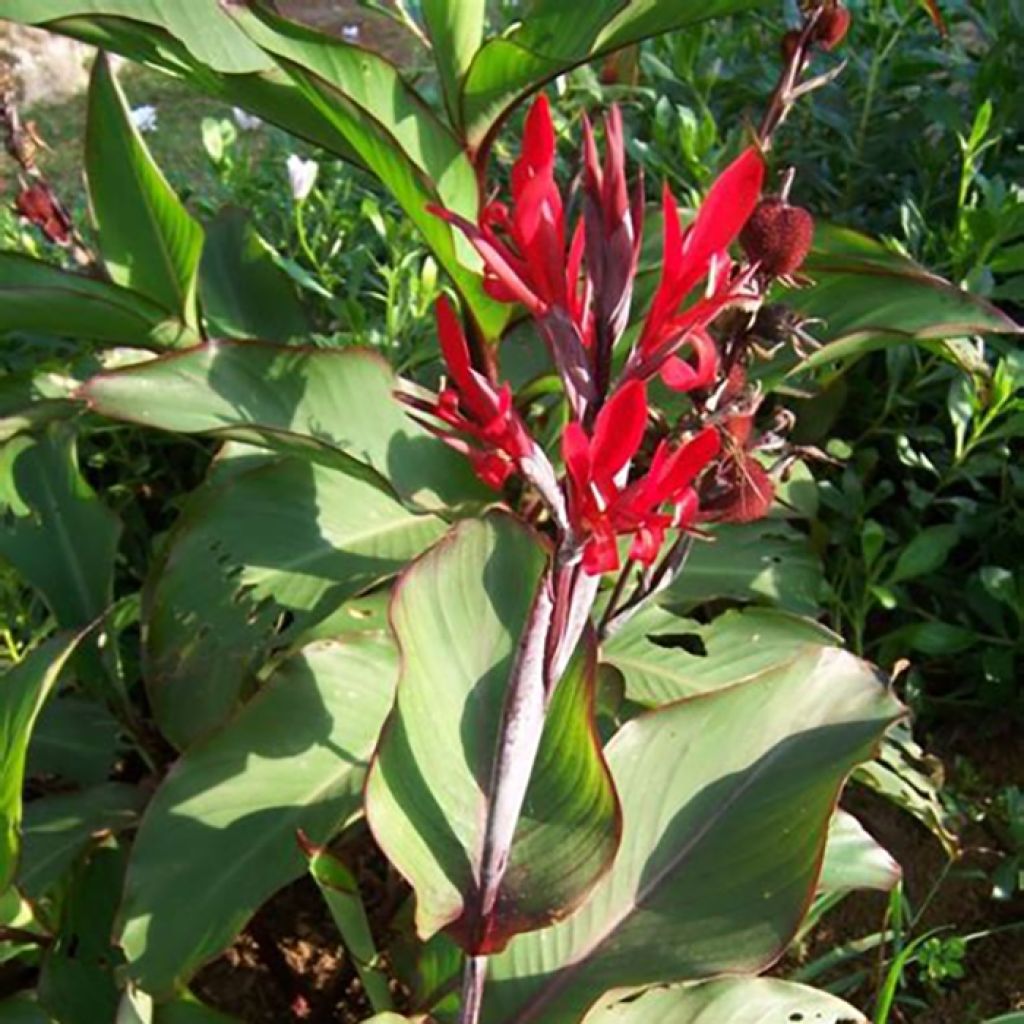

Canna edulis
Canna edulis
Canna edulis
Indian shot, Edible Canna, Canna Lily, Achira (South American term), Queensland Arrowroot
This item cannot be shipped to the selected country
Delivery charge from €5.90
Delivery charge from €5.90
Delivery to Corse prohibited
More information
Schedule delivery date,
and select date in basket
This plant carries a 12 months recovery warranty
More information
We guarantee the quality of our plants for a full growing cycle, and will replace at our expense any plant that fails to recover under normal climatic and planting conditions.
From €5.90 for pickup delivery and €6.90 for home delivery
Express home delivery from €8.90.
From €5.90 for pickup delivery and €6.90 for home delivery
Express home delivery from €8.90.
Delivery to Corse prohibited: UE law prohibits the import of this plant from mainland France to Corse as part of the fight against Xylella fastidiosa. Please accept our sincere apologies.
More information
Does this plant fit my garden?
Set up your Plantfit profile →
Description
Canna edulis, often given as a synonym of Canna indica or C. discolor, is known for its large edible rhizomes once used in Peruvian cuisine. It is a tall and beautiful perennial plant with tropical accents that forms a lush clump of leaves similar to those of a banana tree, green with violet reflections. It blooms more readily in regions with a long and hot summer, in late summer and early autumn. Its floral spikes, less spectacular than those of horticultural Cannas, display delicate red flowers with more orange on the inside. It is as easy to grow as a dahlia, but has a very different exotic charm. Plant it in a border or in a large pot on the terrace. Guaranteed effect!
Canna edulis belongs to the family Cannaceae. Its botanical origin is quite confusing, and it is possible that this plant is unknown in the wild. Nevertheless, this Canna was commonly cultivated in South America, especially in the Andes, as a vegetable plant. In mild climates, cannas can be left in the ground during winter, provided they are covered with a thick mulch that is also covered with a waterproof sheet to protect them from moisture.
This edible Canna quickly forms a lush clump, reaching a height of 80cm (31.5in) to 2m (6ft 7in) depending on the growing conditions. In containers, the plant will be much smaller than in the ground. It has large, entire, wide, oblong, sheathing leaves at the base. The lamina can reach 50-60cm (19.7-23.6in) in length and 3-4cm (1.2-1.6in) in width, and 60cm (0 and 23.6in) in length. It is entirely covered with prominent veins. Its colour, variable, is a glossy deep green, more or less purplish-violet at the edges. The late flowering takes place from August to September-October, in the form of spikes of bright red flowers, more or less orange on the inside. Each flower, 6 to 8cm (2.4 to 3.1in) in diameter, asymmetrical, consists of 3 petals fused at the base, 3 sepals and visible stamens. The plant easily multiplies vegetatively by producing numerous shoots.
In the kitchen: the rhizomes are harvested in autumn, when all the Cannas are dug up for winter storage. Keep a few rhizomes to replant the following spring. The others can be consumed raw or cooked. Their texture becomes gelatinous after cooking, and their translucent flesh reveals a sweet flavour, intermediate between parsnip and artichoke. These cooked rhizomes can be used as a side dish, just like potatoes.
Canna edulis can be used to create beautiful compositions in containers, with a very exotic look, in the company of Agapanthus, Amaranths, and cosmos for example. It also forms a beautiful association with a dwarf banana tree or bamboo. Cannas are majestic and colourful plants, ideal for spicing up the back of borders for the taller ones, or for brightening up terraces and balconies for the smaller varieties. They are easy to grow for everyone. Consider planting them in a densely planted border with about ten bulbs of the same variety or by mixing green and purple foliage. Use them to decorate a corner of a pond with Colocasias, ferns, and ground-covering species such as Soleirolia or creeping golden loosestrife.
In floristry, Strelitzia reginae is the perfect cut exotic flower, thanks to its extraordinary structure and its vibrant orange and blue colours. It is also a very beautiful conservatory plant, which only fears the cold and is easy to grow as long as it is not lacking in water or nutrients during the growing season. You can easily create an exotic decor around the Strelitzia, by combining it with Cannas, castor oil plants, Melianthus major, Billbergia nutans, a small banana tree, gingers, and a small palm tree such as Sabal minor for example.
Report an error about the product description
Canna edulis in pictures


Flowering
Foliage
Plant habit
Botanical data
Canna
edulis
Cannaceae
Indian shot, Edible Canna, Canna Lily, Achira (South American term), Queensland Arrowroot
South America
Other Perennials A to Z
Planting and care
Canna edulis does not like cold and wet weather, and its rootstock must be protected from frost during the winter. Its flowering will be more beautiful if it is planted in the sun (in partial shade in the South). When planting it in the ground, it should only be done after the last frost. It should also be stored away at the first frost to keep the rootstock dry and cool, for example in a bit of turf. Plant them in moist but well-drained soil (if necessary, lighten your soil with turf or sand). Cover with 5cm (2in) of soil and keep a spacing of 60cm (23.6in) between the bulbs. Apply organic fertilizer at planting and at least once a month. Regularly water so that the soil never completely dries out. You can also speed up their growth cycle by planting them in pots under frost-free shelter as early as February, and then transplanting them to the garden in the warmer months (June in the North of France, late April in the South). Beware of attacks from slugs and snails, which are fond of shoots and leaves.
In mild regions, it is possible to leave the rootstock in the ground. Place a thick layer of straw over the stumps, then a waterproof sheet on top. Secure the sheet with weights to prevent it from being lifted by the wind. The rootstocks primarily fear soils that are both frozen and wet.
Planting period
Intended location
Care
This item has not been reviewed yet - be the first to leave a review about it.
Summer flowering perennials
Haven't found what you were looking for?
Hardiness is the lowest winter temperature a plant can endure without suffering serious damage or even dying. However, hardiness is affected by location (a sheltered area, such as a patio), protection (winter cover) and soil type (hardiness is improved by well-drained soil).

Photo Sharing Terms & Conditions
In order to encourage gardeners to interact and share their experiences, Promesse de fleurs offers various media enabling content to be uploaded onto its Site - in particular via the ‘Photo sharing’ module.
The User agrees to refrain from:
- Posting any content that is illegal, prejudicial, insulting, racist, inciteful to hatred, revisionist, contrary to public decency, that infringes on privacy or on the privacy rights of third parties, in particular the publicity rights of persons and goods, intellectual property rights, or the right to privacy.
- Submitting content on behalf of a third party;
- Impersonate the identity of a third party and/or publish any personal information about a third party;
In general, the User undertakes to refrain from any unethical behaviour.
All Content (in particular text, comments, files, images, photos, videos, creative works, etc.), which may be subject to property or intellectual property rights, image or other private rights, shall remain the property of the User, subject to the limited rights granted by the terms of the licence granted by Promesse de fleurs as stated below. Users are at liberty to publish or not to publish such Content on the Site, notably via the ‘Photo Sharing’ facility, and accept that this Content shall be made public and freely accessible, notably on the Internet.
Users further acknowledge, undertake to have ,and guarantee that they hold all necessary rights and permissions to publish such material on the Site, in particular with regard to the legislation in force pertaining to any privacy, property, intellectual property, image, or contractual rights, or rights of any other nature. By publishing such Content on the Site, Users acknowledge accepting full liability as publishers of the Content within the meaning of the law, and grant Promesse de fleurs, free of charge, an inclusive, worldwide licence for the said Content for the entire duration of its publication, including all reproduction, representation, up/downloading, displaying, performing, transmission, and storage rights.
Users also grant permission for their name to be linked to the Content and accept that this link may not always be made available.
By engaging in posting material, Users consent to their Content becoming automatically accessible on the Internet, in particular on other sites and/or blogs and/or web pages of the Promesse de fleurs site, including in particular social pages and the Promesse de fleurs catalogue.
Users may secure the removal of entrusted content free of charge by issuing a simple request via our contact form.
The flowering period indicated on our website applies to countries and regions located in USDA zone 8 (France, the United Kingdom, Ireland, the Netherlands, etc.)
It will vary according to where you live:
- In zones 9 to 10 (Italy, Spain, Greece, etc.), flowering will occur about 2 to 4 weeks earlier.
- In zones 6 to 7 (Germany, Poland, Slovenia, and lower mountainous regions), flowering will be delayed by 2 to 3 weeks.
- In zone 5 (Central Europe, Scandinavia), blooming will be delayed by 3 to 5 weeks.
In temperate climates, pruning of spring-flowering shrubs (forsythia, spireas, etc.) should be done just after flowering.
Pruning of summer-flowering shrubs (Indian Lilac, Perovskia, etc.) can be done in winter or spring.
In cold regions as well as with frost-sensitive plants, avoid pruning too early when severe frosts may still occur.
The planting period indicated on our website applies to countries and regions located in USDA zone 8 (France, United Kingdom, Ireland, Netherlands).
It will vary according to where you live:
- In Mediterranean zones (Marseille, Madrid, Milan, etc.), autumn and winter are the best planting periods.
- In continental zones (Strasbourg, Munich, Vienna, etc.), delay planting by 2 to 3 weeks in spring and bring it forward by 2 to 4 weeks in autumn.
- In mountainous regions (the Alps, Pyrenees, Carpathians, etc.), it is best to plant in late spring (May-June) or late summer (August-September).
The harvesting period indicated on our website applies to countries and regions in USDA zone 8 (France, England, Ireland, the Netherlands).
In colder areas (Scandinavia, Poland, Austria...) fruit and vegetable harvests are likely to be delayed by 3-4 weeks.
In warmer areas (Italy, Spain, Greece, etc.), harvesting will probably take place earlier, depending on weather conditions.
The sowing periods indicated on our website apply to countries and regions within USDA Zone 8 (France, UK, Ireland, Netherlands).
In colder areas (Scandinavia, Poland, Austria...), delay any outdoor sowing by 3-4 weeks, or sow under glass.
In warmer climes (Italy, Spain, Greece, etc.), bring outdoor sowing forward by a few weeks.






































